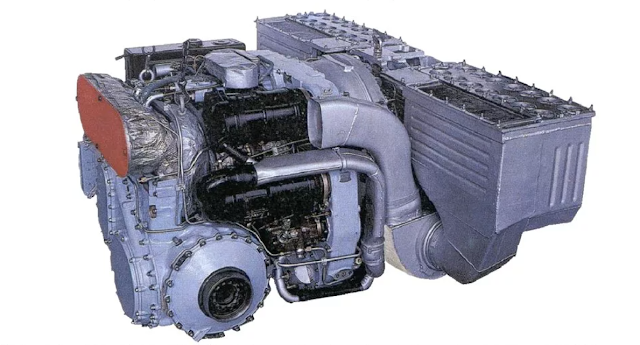"T-72 The Definitive Guide to the Soviet Workhorse", written by Ryan A. Then and published by the Military History Group, is one of the latest English language works, covering the inner workings and history of Soviet AFVs. Totalling 490 pages, this book covers every aspect of the T-72 MBT in great detail, from crew positions to ammunition and every other small detail worth mentioning and explaining.
The book is well-structured, which can be observed in the glossary. Each chapter is laid out in order with several sub-topics arranged in a progressive format, from very broad to more specific topics. A good example would be the Commander's Station chapter: Overview > Visibility > TKN-3 > Radio and Intercom System > R123M etc... This pattern can be found in many other chapters of the book.
The amount of detail that went into the book is excellent. The most minute detail is present in places the reader wouldn't expect it to be. Like the TPD-2-49 and the inbuilt defogging system, a piece of information you wouldn't expect to see, or mentioning the use of rubber skirts on the T-72 used to dampen dust clouds in dry environments and that then being tied into the T-80's gas turbine and its high dust ingestion. While very brief it shows that the author was acknowledging very minor details.
Language is a crucial part of every written piece and Ryan A. Then composed rather complex topics using an easy-to-understand language. Russian primary sources, covering complex technical information, are difficult to translate into foreign languages and the author manages to simplify the language making it very accessible for any reader.
Having mentioned sources, they play a major role in any book working with primary and secondary information. The book's bibliography is 37 pages long, listing English, Russian, German and other language sources. Of course, the references are dominated by Russian and German references because the T-72 saw abundant usage in both the Soviet Union and the Warsaw Pact (Eastern Germany). Almost every page throughout the book has at least one reference, which is a major benefit for those who are actively looking for sources when reading.
The author put a lot of effort into adapting old drawings/schematics to fit the theme. Many older depictions were either retraced or converted using vector tracing, aiming to increase image quality. Various illustrations have been created by the author.
When comparing this book with Russian-origin books, like the ones I covered in this blog earlier, "T-72 The Definitive Guide to the Soviet Workhorse" has one crucial advantage and that is accessibility and sprint quantity. The publisher works using a print-on-demand policy, meaning that there is technically no limit on the available number of copies. Comparing this to a book like "Уральский Букет - Уралтрансмаш" where only 450 copies were made and obtaining them outside of Russia has become very difficult.
Lastly, the price tag, depending on the regional currency, the book is around 40 USD.
While I have not finished the book (Page 354), I have enjoyed reading it. Depending on whether you are a Soviet AFV hobbyist who just started researching this vast area of information, an enthusiast or a bolt counter, this book is for you. Considering this is the author's 1st official release, it is evident that a lot of effort went into creating the book and the author did not disappoint. Due to how accessible this book is, I think it's worth picking up and reading. I give this book a solid 8/10.
Thank you Ryan A. Then for this work.
I was a bit disappointed when there was no topic about T-72 aerodynamics.




I found your blog looking for pics of the obiekt 219m , I’m a Russian armor nut so I will be visiting your blog and tankograds.
ReplyDeleteI also wanted to thank you for letting me know about this book, I just bought it!